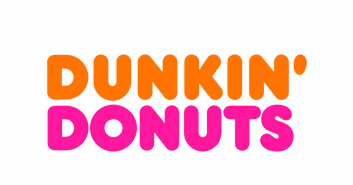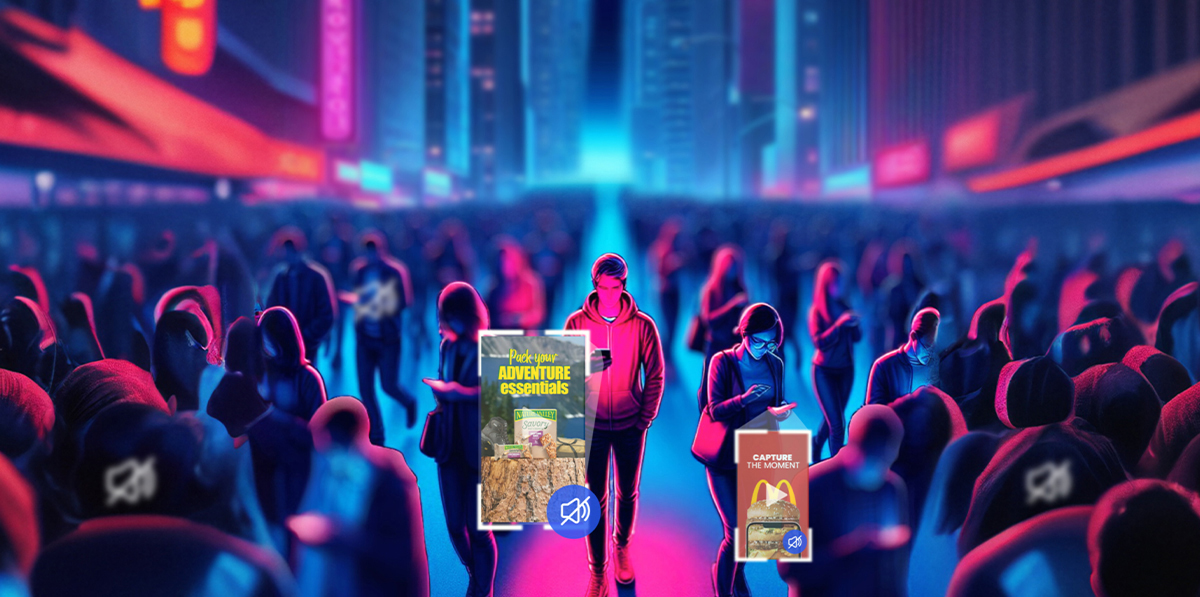Table of Contents
ToggleHave you ever scrolled through your social media feed and noticed something was missing? It’s the sound!
As you scroll through countless posts, you may have realized that more and more video ads are being served up in complete silence.
What’s behind this curious trend, and why are brands turning down the volume?
The Rise of Soundless Video Ads
Soundless video ads have seen a remarkable surge in popularity.
Platforms like Facebook, Instagram, and Twitter have all reported significant increases in the use of videos that play automatically without sound.
This silent revolution has reshaped how brands approach video advertising, especially in an era where attention spans are shrinking, and users demand instant, accessible content.

Why Are Brands Turning Off the Sound?
Consumer Behavior: A Quiet Revolution
Consumer behavior is at the heart of this trend. The modern viewer is often multitasking—whether commuting, at work, or simply browsing in a quiet space—and sound can be an unwelcome interruption.
Research indicates that a staggering 80% of consumers react negatively to ads that startle them with unexpected sound.
To avoid being skipped over or, worse, muted, brands have adapted by creating videos that can convey their message without relying on audio.

Mobile-First World: Adapting to How We Watch
Soundless video ads are perfectly suited to environments where users may not have headphones or may prefer to keep their phones on silent. By crafting ads that don’t require sound, brands can ensure their message is seen and understood by a broader audience.
Public Spaces and Privacy Concerns:
The Sound of Silence
Another key factor driving the adoption of soundless video ads is where and how people are watching them. Public spaces—like buses, trains, or even waiting rooms—are common settings where users engage with social media. In these environments, turning up the volume might not be an option, and brands don’t want their ads to be missed simply because they rely on sound.

The Power of Visual Storytelling
Brands are now focusing more on strong visuals, compelling text overlays, and dynamic imagery to capture attention and convey their message. From bold colors to expressive facial cues, every element of the video must work together to create a narrative that resonates without needing a voiceover or soundtrack.
The Role of Captions and Text Overlays
Captions and text overlays have become essential components of soundless video ads. These elements not only replace spoken words but also enhance accessibility, ensuring that the message reaches everyone, including those with hearing impairments. Engagement rates for videos with captions are significantly higher, with some studies showing up to a 12% increase in viewership compared to videos without captions.

Several brands have already mastered the art of the soundless video ad.











